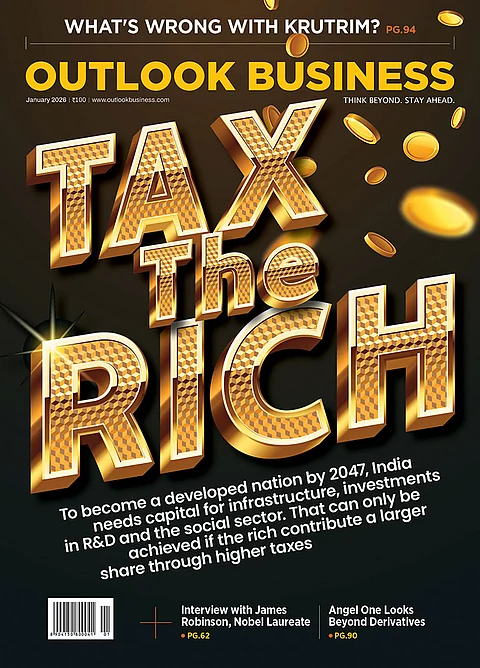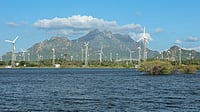Global climate finance reached $1.9 trillion in 2023, representing a 15% increase from 2022, according to Global Landscape of Climate Finance 2025 report published by Climate Policy Initiative (CPI).
Despite the increment in global climate finance, there are persistent financial gaps and systemic risks that could stall progress, stated the CPI report. The report reflected both pre- and post-pandemic trends along with projected financing needs in the coming years across sectors and geographies.
Between 2018 and 2023, climate finance grew at a compound annual growth rate (CAGR) of 19%, with a notable acceleration post-Covid-19. From 2021 to 2023, annual investments grew by a CAGR of 26 per cent — a marked improvement from 8 per cent during 2018–2020, indicating a robust return to investment growth.
The report further underscored a need for $6.3 trillion annually in climate finance from 2024 to 2030 to avoid the worst impacts of climate change.
If finance continues growing at its average rate of 19% annually since 2018, total flows could reach nearly $6 trillion by 2030, which is still short of the target.
Mitigation Takes Precedence, Adaptation Drags
Among its key findings, the report underlined that mitigation finance continues to dominate global climate spending. In 2023, $1.78 trillion, or nearly 94% of all tracked climate finance, was allocated to mitigation and over 75% went towards energy systems and transport. Solar photovoltaics, wind power and electric vehicles (EVs) drove much of this growth. Energy remained the largest contributor, attracting $831 billion in 2023.
Moreover, investment in buildings and infrastructure grew by 40% between 2018 and 2023, while the agriculture, forestry and other land use (AFOLU) and waste sectors also saw rapid growth. AFOLU finance rose 286% since 2018 and finance for waste doubled between 2022 and 2023.
Adaptation finance, however, remains a major concern. In 2023, only $65 billion was tracked for adaptation efforts; the figure is likely underestimated due to data gaps and inconsistent tracking methodologies.
Much of this investment went towards water and wastewater systems, AFOLU and disaster risk management. This falls well short of the $222 billion needed annually by 2030 for emerging markets and developing economies (EMDE) alone.
Dual-benefit finance, aimed at both mitigation and adaptation, reached $58 billion in 2023, tripling from $18 billion in 2018. Of this, 74% went towards AFOLU, water and wastewater management and cross-sectoral initiatives.
Adaptation is Critical for Business
Climate adaptation is not just a humanitarian necessity, it is a financial need. In the absence of resilient systems and green infrastructure, global businesses could face up to $1.2 trillion in annual losses by 2050.
Yet adaptation remains to receive less than 10% of global climate finance and covering only one-sixth of expected physical climate costs by 2030.





























